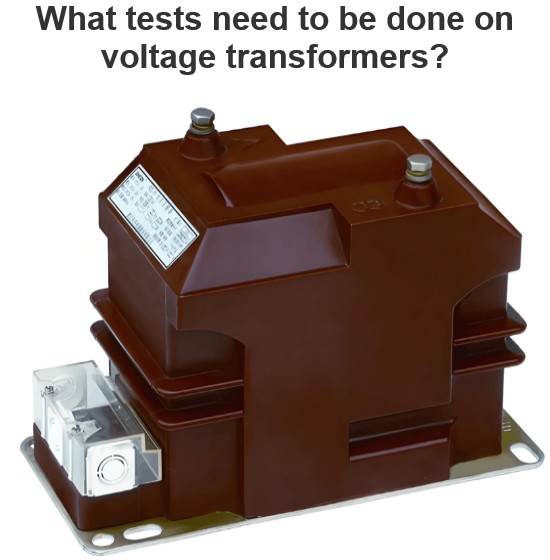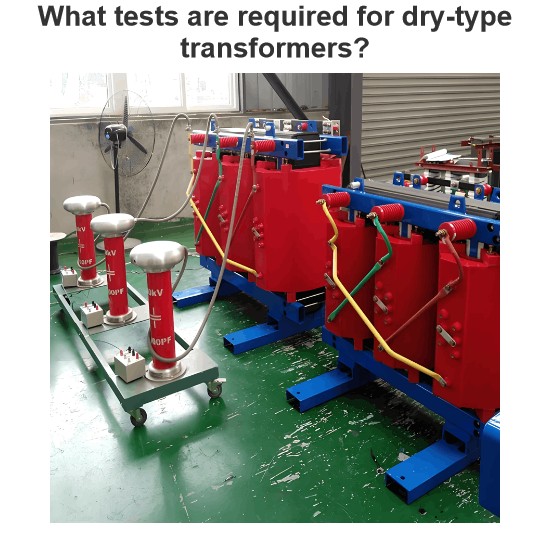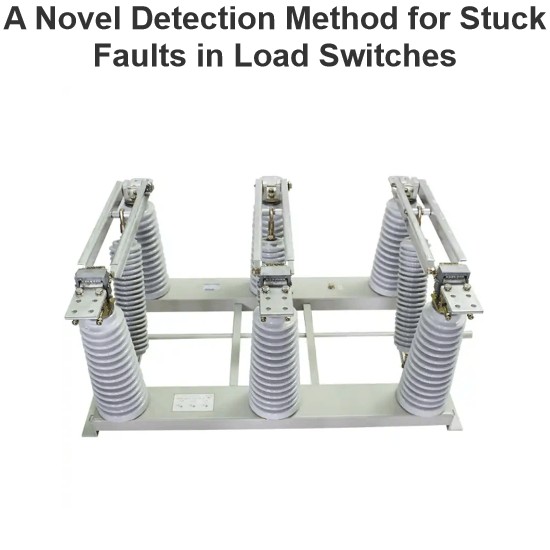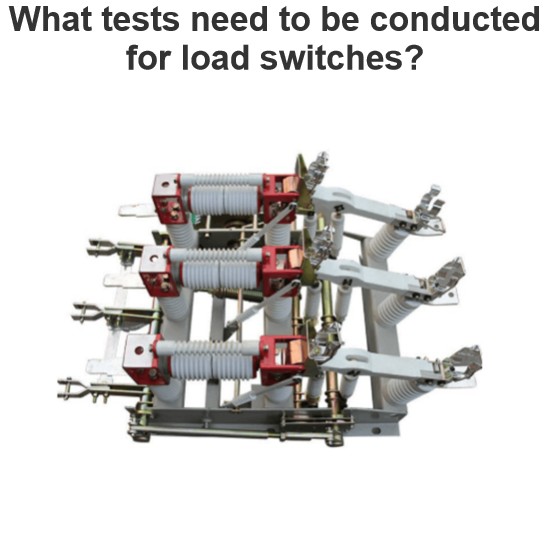Electrical Performance Testing of Distribution Transformers: Ensuring Grid Reliability
In the intricate network of power distribution systems, distribution transformers act as vital nodes, converting high-voltage electricity into usable low-voltage power. Regular and meticulous inspection of their electrical performance is non-negotiable. Unlike visual inspections focusing on physical integrity, electrical tests penetrate deeper, uncovering hidden risks that could trigger outages or safety hazards. This article delves into the critical role of electrical performance inspections for distribution transformers.
1. The Imperative of Electrical Performance Inspection
Electrical inspections are the diagnostic tools that assess a distribution transformer’s ability to withstand electrical stresses over time. Even a seemingly intact transformer may harbor deteriorating insulation or faulty windings—issues only detectable through specialized tests. A single undetected electrical anomaly can cascade into system failures, underscoring why routine inspections are integral to preventive maintenance strategies.
2. Core Testing Components
Several tests form the backbone of electrical performance inspections for distribution transformers:
Insulation Resistance Test: A fundamental check measuring the resistance between windings and the transformer’s grounded tank. Low resistance signals moisture ingress or insulation degradation, necessitating immediate inspection of sealing and drying procedures.
Dielectric Loss (Tan δ) Test: This test quantifies energy dissipation within insulation materials. Elevated tan δ values indicate internal stress, guiding technicians to inspect insulation layers for microscopic cracks or contamination.
Partial Discharge (PD) Inspection: Sensitive sensors detect minute electrical discharges within the transformer. PD inspections pinpoint early signs of insulation breakdown, allowing for targeted repairs before catastrophic failures occur.
3. Inspection Protocols and Standards
Industry standards like IEEE C57.12.90 and IEC 60076 mandate rigorous testing protocols. During inspection, technicians follow step-by-step procedures: first, isolate the transformer from the grid; then, conduct tests in a controlled sequence to avoid false readings. For example, a winding resistance inspection precedes high-voltage tests to confirm connection integrity. Documentation of each inspection—including test conditions, equipment used, and results—is crucial for compliance and historical analysis.
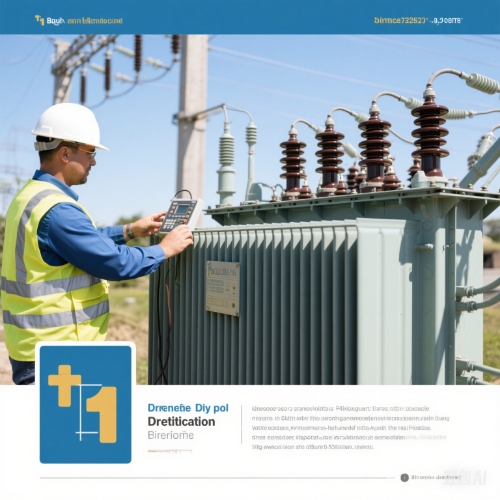
4. Frequency and Adaptability
The frequency of electrical inspections hinges on factors like transformer age, load profile, and environmental exposure. New installations may undergo quarterly inspections during their first year to monitor settling effects, while older units might require monthly checks. In regions prone to lightning strikes or voltage surges, inspection intervals shorten to preempt damage. Advanced monitoring systems now enable continuous online inspections, offering real-time insights into electrical health.
5. Challenges and Mitigation
Electrical inspections pose unique challenges. Testing high-voltage components demands specialized safety gear and trained personnel. Additionally, intermittent faults can evade detection during routine inspections. To address this, technicians employ diagnostic techniques like frequency response analysis (FRA), which compares a transformer’s current impedance against baseline data. Regular calibration of testing equipment also ensures the accuracy of inspection results.
6. Integrating Inspection with Maintenance
Electrical inspections serve as the linchpin between data collection and maintenance action. A comprehensive inspection report—detailing test outcomes, anomalies, and risk ratings—guides decisions on repairs, rewinding, or replacement. For instance, if a distribution transformer fails an insulation resistance test, immediate drying or insulation replacement is prioritized. By linking inspection findings to proactive maintenance, operators extend transformer lifespans and minimize downtime.
In conclusion, electrical performance inspections are the guardians of distribution transformer reliability. Through systematic testing, adherence to standards, and data-driven decision-making, these inspections safeguard power distribution networks against unseen threats. As the demand for resilient electricity grows, investing in thorough electrical inspections becomes not just a best practice but a strategic necessity for grid operators worldwide.
Hey! I'm Oliver Watts, an electrical engineer in Inspection and Testing. With years of hands - on experience, I ensure electrical systems meet top safety and performance standards. Using advanced gear, I conduct diverse tests, easily spotting issues in both large - scale industrial and small - scale commercial setups. I love teaming up, sharing knowledge, and keeping up with industry regs. Also, I'm skilled at data analysis with software. If you're into electrical inspection or just want to chat engineering, reach out. Let's connect and explore!
